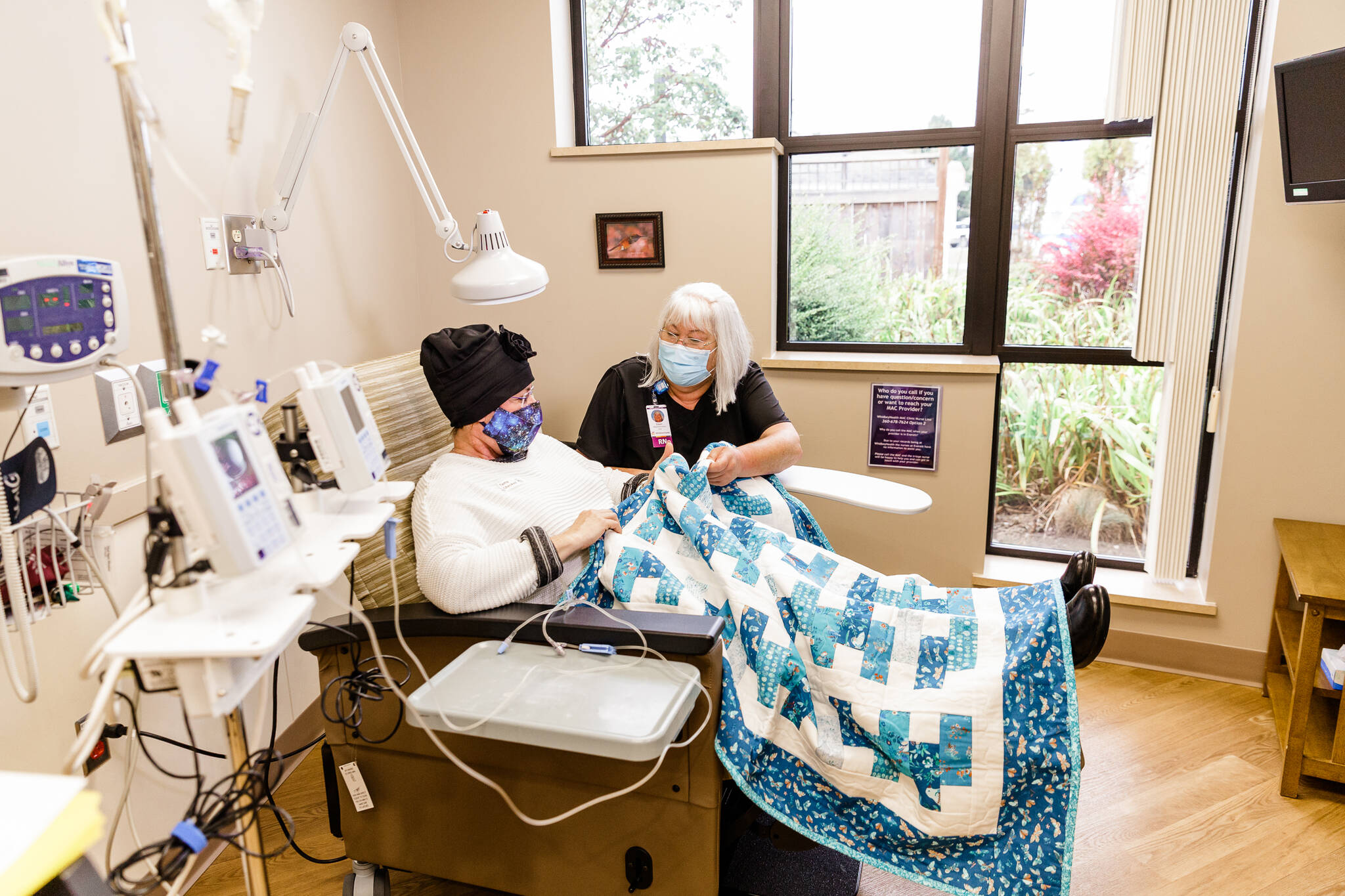WhidbeyHealth is asking for its first levy lid lift for operations in the history of the 57-year-old publicly owned hospital district.
The measure that would increase the current levy by more than six times its current level will be on the ballot for the Nov. 2 election. If passed, the rate would increase from its current $0.078 to $0.5 per $1,000 of assessed value. The owner of a $400,000 house would pay $168.80 more a year.
The request comes as WhidbeyHealth is struggling with the financial effects of the COVID-19 pandemic, which both increased spending and decreased revenues. Together, the lost revenue and new costs has created a $18-million hole in the hospital district’s budget to date, according to hospital officials.
And the deficit continues to grow.
“It wasn’t planned for,” hospital CEO Ron Telles said of the pandemic costs. “Nothing like this is planned for. It really was a direct hit to our bottom line.”
Hospital Commissioner Kurt Blankenship pointed out that the current rate is the third or fourth lowest rate among hospital districts in the state. The maximum rate allowed by law is $0.75 per $1,000 of value, but hospital commissioners decide to ask for the lower amount.
The increase would add $6 million a year to the hospital’s $115 million annual operating budget.
The money will be used to recruit staff, retain existing staff by paying a living wage and improve the information technology and communication systems, according to the hospital.
WhidbeyHealth’s financial situation was tenuous even before the pandemic. Telles said rural health care systems across the nation have had trouble staying afloat, and many have sunk or merged with larger systems.
“We are one of the few that are independent and we want to stay that way,” he said.
WhidbeyHealth Medical Center has been on the forefront of the COVID response on Whidbey Island, which was expensive.
Early on, the hospital was the only place where people could get tested and hundreds of people were tested every day for months, according to Nic Wildeman, a hospital spokesman. The hospital was also the first place where vaccinations were available on the island. It administered 17,000 shots.
Commissioner Ron Wallin said he’s thankful for all the staff that worked long, challenging hours and the many volunteers who stepped up to help. Still, the response was costly.
The hospital also had to purchase new equipment, from an endless supply of personal protective equipment to a special air filtering system inside the building.
At the same time, the hospital lost a large piece of revenue. Early in the pandemic, the state placed a moratorium on non-emergency surgeries and other medical procedures, which are one of the hospital’s main sources of funds.
To cut costs, the hospital has reduced its staff significantly. About 170 positions are unfilled right now, according to Telles. Members of the executive team reduced their salaries by 10% for six months last year.
Telles said the organization is currently in the process of moving and merging departments to save money.
Still, the financial situation has become dire. In July, the organization was operating with minus 1.5 days cash on hand. That means officials didn’t have funds immediately available to pay bills.
About 88% of the district’s revenues come from medical services billed to insurance, but only 44% of the amount billed is collected, according to the hospital.
The ballot measure represents the first time hospital officials have asked for a levy increase, but voters have been supportive of the district in the past. A $50-million bond measure to expand the hospital passed in 2013. The EMS levy, which has been increased by large voter majorities, is separate from the operating levy and only funds emergency medicine.



